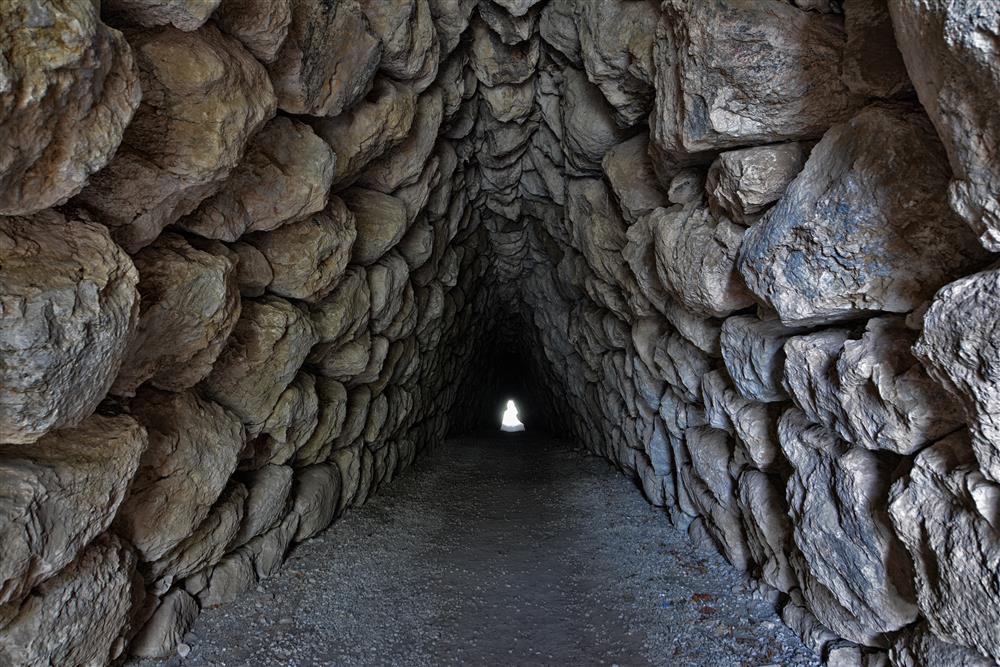
Painted hieroglyphs found in Hattusa Yerkapı tunnel opens a new page in the Hittite world
Prof. Dr. Andreas Schachner said that the painted hieroglyphs discovered in the Yerkapı tunnel in Hattusa, the capital of the Hittite Empire, opened a new page in the Hittite world.
Discovered in 2022 by Mardin Artuklu University Archaeology Department Lecturer Assoc. Prof. Dr. Bülent Genç, the painted hieroglyphs were introduced at a conference held at the Turkish Embassy in Rome Culture and Promotion Consultancy.
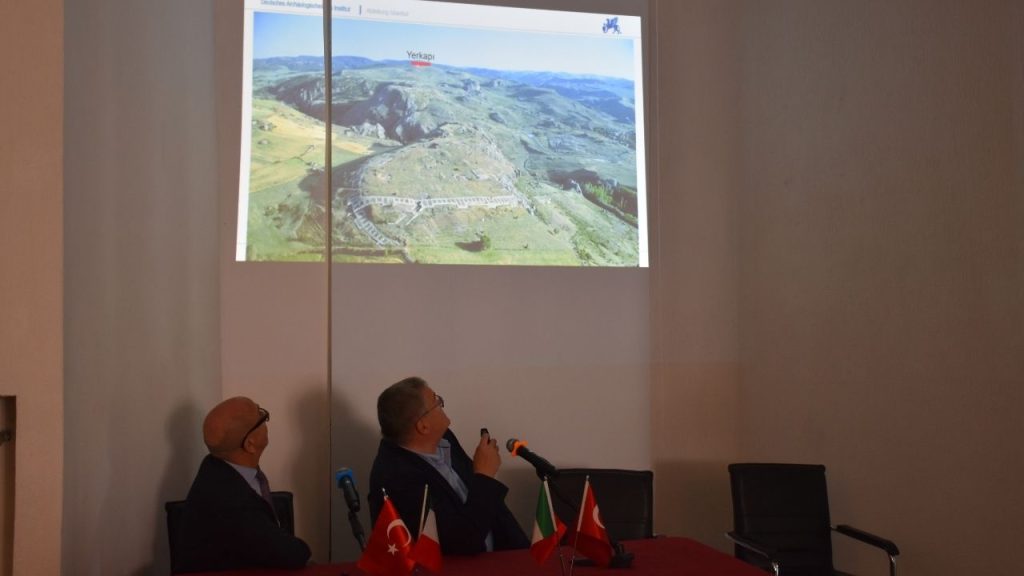
The conference was attended by Prof. Dr. Andreas Schachner from the German Archaeological Institute, Head of the Hattusa Excavation, and many participants.
Prof. Dr. Schachner told AA correspondent after the conference that they are trying to introduce the discovery of Anatolian hieroglyphs found during excavations in Boğazköy in 2020-2023.
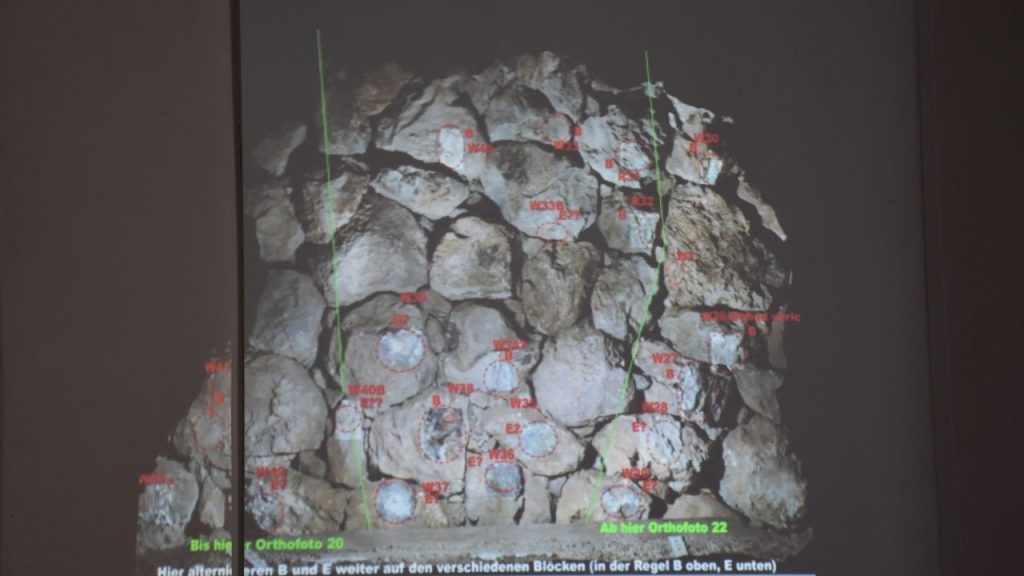
Stating that this is a joint work product of Turkey, Germany and Italy, Schachner said, “The fact that the hieroglyphs are painted opens a new page in the Hittite world. Because we had not seen these painted hieroglyphs until now. There was something in a small area, but the discovery of 250 such hieroglyphs opened a completely different world for us.”
Schachner stated that with this discovery, they also saw that there were different aspects in the use of writing in the Hittites and said:
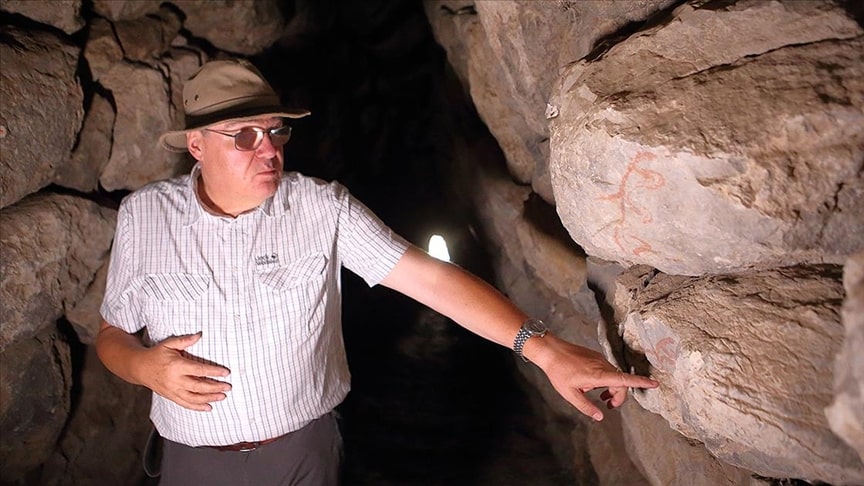
“Until now, we have been working mostly from Hittite cuneiform texts, but we see that there is also a writing system in public areas. It is also a unique Anatolian writing system. We call it Anatolian Hieroglyphics. Thus, we see that these two systems run in parallel. This is a great innovation that allows us to understand the Hittite world.”
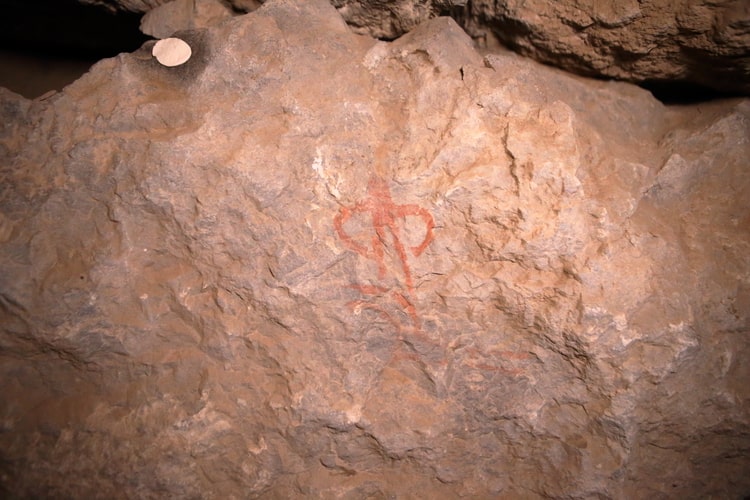
Stating that his work in Hattusa continues, Schachner said, “We have almost understood what is written in the inscriptions. Now we will investigate what it means for the city in a little more detail, we will try to learn this. Of course, there is also the work of publishing it in a systematic way. But in other aspects, excavations in Hattusa continue every year. There is always the possibility of new discoveries.”
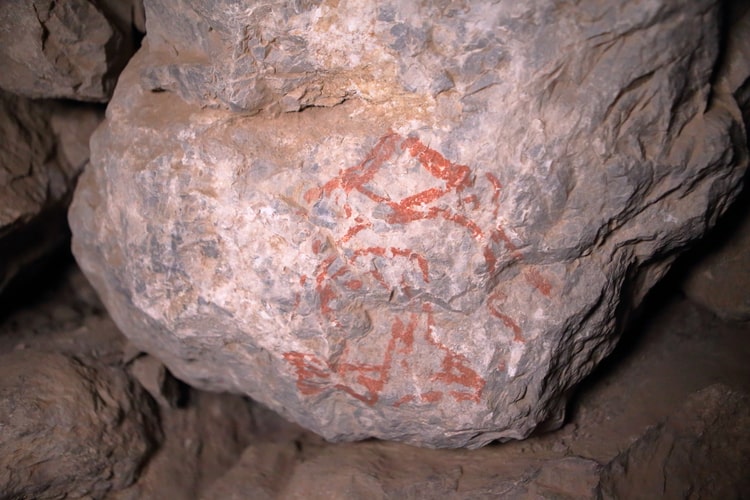
Assoc. Prof. Metin Alparslan from Istanbul University pointed out that there are not many examples of applying Anatolian hieroglyphs on stone with paint and said, “Until now, we had an example around Sivas in a very small area. Now this example shows us that we need to pay more attention to the stones. Most probably there were such signs on the stones of the walls that are now exposed. But they have not survived until today. We will pay special attention to this in the next excavations and carry out our work accordingly.”
You may also like
- A 1700-year-old statue of Pan unearthed during the excavations at Polyeuktos in İstanbul
- The granary was found in the ancient city of Sebaste, founded by the first Roman emperor Augustus
- Donalar Kale Kapı Rock Tomb or Donalar Rock Tomb
- Theater emerges as works continue in ancient city of Perinthos
- Urartian King Argishti’s bronze shield revealed the name of an unknown country
- The religious center of Lycia, the ancient city of Letoon
- Who were the Luwians?
- A new study brings a fresh perspective on the Anatolian origin of the Indo-European languages
- Perhaps the oldest thermal treatment center in the world, which has been in continuous use for 2000 years -Basilica Therma Roman Bath or King’s Daughter-
- The largest synagogue of the ancient world, located in the ancient city of Sardis, is being restored











Leave a Reply